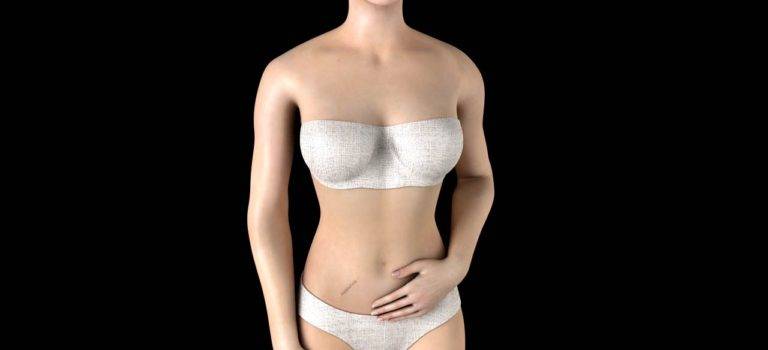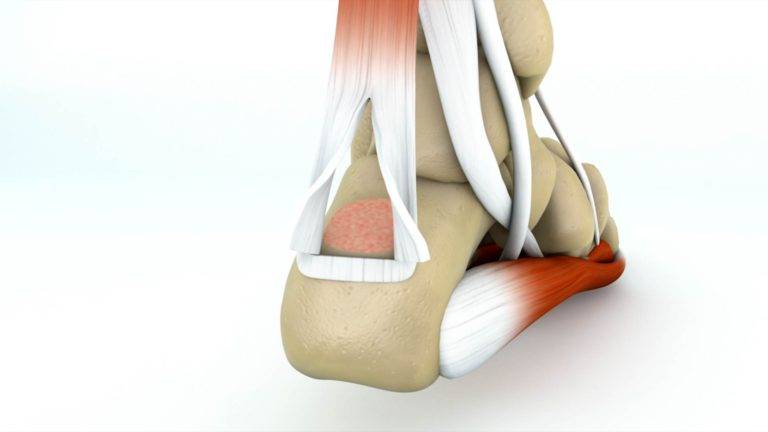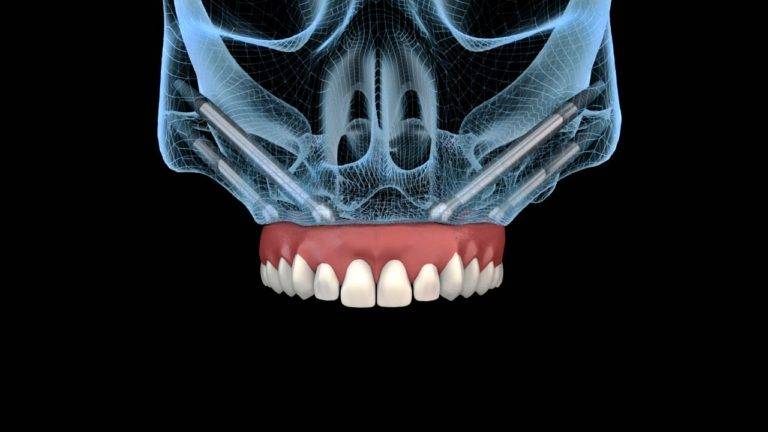Pharmaceutical 3D animation is a powerful marketing tool that can help pharmaceutical companies showcase their products and educate healthcare professionals and patients.
In this article, we will explore what pharmaceutical 3D animation is, the different types available, the benefits of using them, and how to create a successful 3D animation campaign.
What is pharmaceutical 3D animation?
Pharmaceutical 3D animation is the use of computer-generated images and animations to showcase pharmaceutical products, medical procedures, or disease processes.
It allows for a dynamic visual representation of complex scientific concepts that can be difficult to understand through traditional mediums such as text or static images.
Types of pharmaceutical 3D animations:
There are different types of pharmaceutical 3D animations, each with its own unique benefits and applications.
1. Product Animations: These showcase the features and benefits of a particular product, highlighting its mechanisms of action and mode of delivery.
2. Medical Procedure Animations: These animations depict medical procedures such as surgeries or device implantations, providing a step-by-step guide to the procedure.
3. Disease Process Animations: These illustrate the disease process, highlighting the pathophysiology and symptoms associated with a particular disease.
Benefits of using pharmaceutical 3D animations:
Pharmaceutical 3D animations offer numerous benefits, making them a valuable addition to any pharmaceutical marketing strategy.
1. Increased engagement: 3D animations are visually appealing and capture the viewer’s attention, increasing engagement and retention of information.
2. Enhanced understanding: Complex scientific concepts can be explained more effectively through 3D animations, providing a clearer understanding of the product, procedure, or disease process.
3. Improved marketing: 3D animations can be used in various marketing channels, such as social media, websites, or sales presentations, providing a more engaging and persuasive sales pitch.
Creating a successful pharmaceutical 3D animation campaign: To create a successful pharmaceutical 3D animation campaign, it’s important to consider the following:
1. Define your target audience: Knowing your target audience will help you create animations that are relevant and engaging to them.
2. Set clear goals: Define the objectives of your campaign, such as increasing product awareness, educating healthcare professionals, or improving patient outcomes.
3. Choose the right type of animation: Select the type of animation that best suits your campaign goals and audience.
4. Work with a reputable animation company: Partner with an animation company that has experience in the pharmaceutical industry and can provide high-quality animations that meet regulatory requirements.
Pharmaceutical 3D animation is a powerful tool for promoting pharmaceutical products and educating healthcare professionals and patients.
By using 3D animations, pharmaceutical companies can create engaging and informative content that is both visually appealing and educational.
By following the steps outlined in this article, you can create a successful pharmaceutical 3D animation campaign that effectively promotes your product and achieves your marketing objectives.
The Benefits of MOA Animation in Pharmaceutical Marketing
MOA (Mechanism of Action) animation is a powerful tool for pharmaceutical companies to showcase the mechanism of action of their products.
It allows healthcare professionals and patients to visualize how a drug works in the body, making it easier to understand complex scientific concepts.
In this article, we will explore what MOA animation is, its benefits, and how it can be used in pharmaceutical marketing.
What is MOA animation?
MOA animation is a type of animation that depicts the mechanism of action of a drug. It shows how the drug interacts with its target, the biochemical pathways involved, and the resulting physiological effects.
MOA animation is typically created using computer-generated images and animations, providing a dynamic and visually appealing representation of the drug’s mechanism of action.
Benefits of MOA animation in pharmaceutical marketing:
MOA animation offers numerous benefits for pharmaceutical companies looking to promote their products.
1. Improved understanding: MOA animation provides a clear and concise explanation of how a drug works in the body, making it easier for healthcare professionals and patients to understand the drug’s mechanism of action.
This can lead to better patient compliance and improved treatment outcomes.
2. Increased engagement: MOA animation is visually appealing and captures the viewer’s attention, increasing engagement and retention of information.
This can be particularly useful in sales presentations or educational materials.
3. Differentiation from competitors: MOA animation allows pharmaceutical companies to differentiate their products from competitors by showcasing their unique mechanism of action.
This can be particularly important in crowded therapeutic areas where multiple drugs may be available.
4. Compliance with regulations: MOA animation can help pharmaceutical companies comply with regulatory requirements by providing a clear and accurate representation of the drug’s mechanism of action.
This can be particularly important for products with complex mechanisms of action or those that require additional explanation.

Using MOA animation in pharmaceutical marketing:
To effectively use MOA animation in pharmaceutical marketing, it’s important to consider the following:
1. Identify the target audience: Knowing your target audience will help you create MOA animations that are relevant and engaging to them.
For example, an animation targeted towards healthcare professionals may require more detailed information than one targeted towards patients.
2. Choose the right type of animation: There are different types of MOA animations, each with its own unique benefits and applications.
For example, a 2D animation may be more appropriate for a simple mechanism of action, while a 3D animation may be necessary for a more complex mechanism of action.
3. Work with a reputable animation company: Partner with an animation company that has experience in the pharmaceutical industry and can provide high-quality animations that meet regulatory requirements.
MOA animation is a valuable tool for pharmaceutical companies looking to promote their products.
By providing a clear and concise explanation of a drug’s mechanism of action, MOA animation can improve understanding, increase engagement, differentiate from competitors, and comply with regulations.
By following the steps outlined in this article, pharmaceutical companies can effectively use MOA animation in their marketing efforts and achieve their objectives.





























